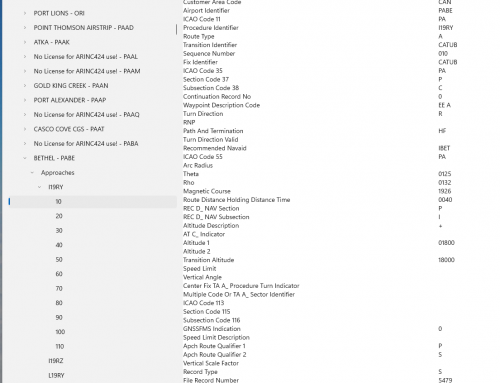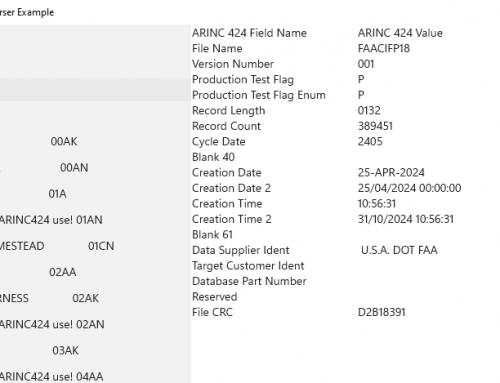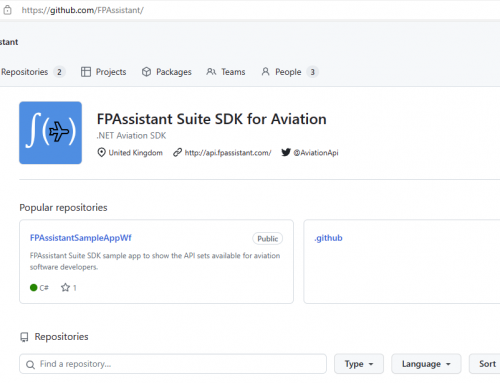With the increasing use of electronic Terrain and Obstacle Data (eTOD) there is requirement for fast and effective evaluation of this form of data against 3D surfaces (facets). The FPAssistant SDK will soon offer full support covering the 3 types of obstacles being analysed for intersection on planar and non-planar 3D surfaces.
Namespace FpAssistantCore.GeneralAviation.Obstacles
There are three types of obstacles defined within eTOD, these are:
- Point – This is a cylinder formation with a height and optional radius
- Line – This type of obstacle is akin to a staircase where a line with two point has the same height and there can be a sequence of these lines combined
- Polygon – This can be an irregular shape with a single height value
The simplest form of evaluation and analysis is checking an obstacle with a single 3D surface, this will return the results in a Struct defined as ObstacleEvaluationResult; this struct contains all the information obtained from the mathematical calculations.
There is a range of calculation options where obstacle data might not be known and a simple XY coordinate is all that is available.
Typically there is always a large amount of data with aviation and evaluation needs to be performed on large data-sets. FPAssistant SDK offers specific bulk data analysis which is designed to be fast and handle this data.
Once aspect is to use the full power of the CPU in the computer and most CPU’s today offer multiple core’s and threads to allow for parallel execution of instructions. The BulkObstacleEvaluation (BOE) feature uses this parallel option to process the obstacles as quickly as possible. In the future, it is expected that this might also use any spare processing capacity in the GPU but this will be investigate when large terrain data-sets are being processed.





